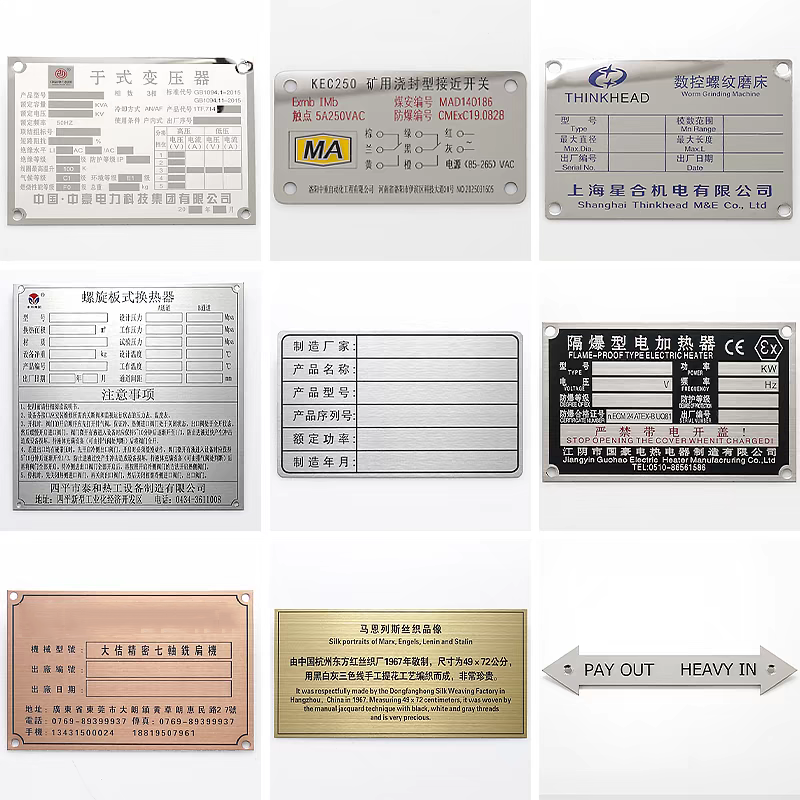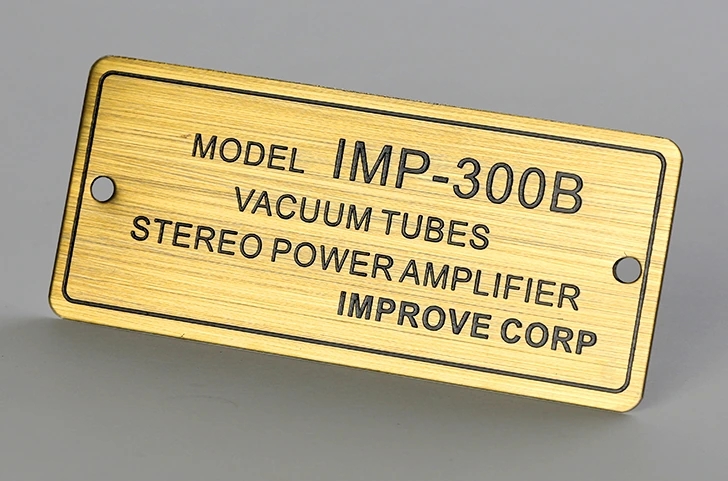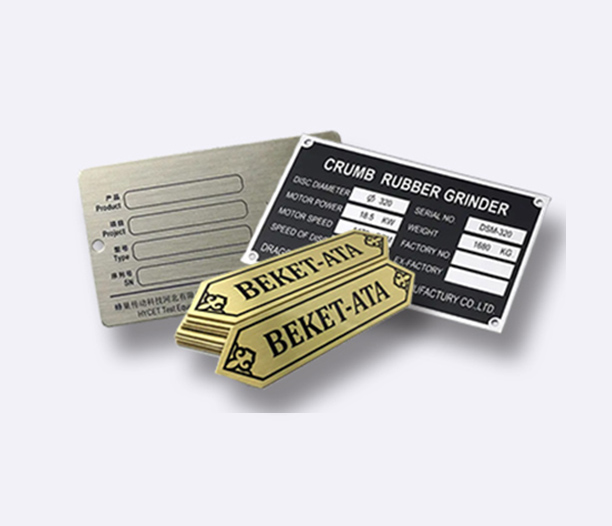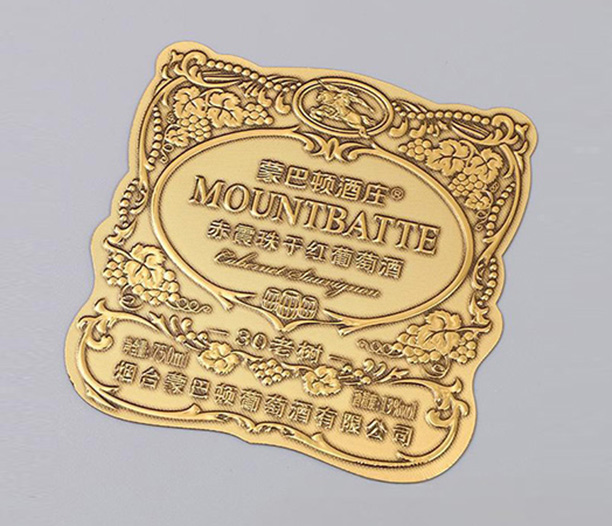In today's fast-paced industrial and workshop environments, managing tools effectively is crucial for productivity, safety, and cost-efficiency. One often-overlooked yet powerful solution is the use of tool identification labels. These simple markers can transform chaotic tool collections into organized systems, reducing downtime and enhancing operational workflows. This article delves into the multifaceted world of tool identification labels, highlighting their importance, types, benefits, implementation strategies, and real-world applications. By understanding these aspects, businesses and individuals can make informed decisions to optimize their tool management processes.

What Are Tool Identification Labels?
Tool identification labels are specialized tags or markers attached to tools to provide essential information such as the tool's name, serial number, owner, maintenance schedule, or safety instructions. These labels serve as a quick reference system, enabling users to identify, track, and manage tools efficiently. In essence, they act as a "name tag" for equipment, ensuring that every item is accounted for and used appropriately. The primary purpose of tool identification labels is to eliminate confusion in shared workspaces, prevent loss or misplacement, and streamline inventory management. For instance, in a manufacturing plant, tool identification labels might include barcodes or QR codes that link to digital records, allowing for real-time tracking and maintenance updates. By incorporating tool identification labels into daily operations, organizations can foster a culture of accountability and precision, ultimately leading to smoother workflows and reduced errors. Moreover, these labels are adaptable to various environments, from small workshops to large-scale industrial facilities, making them a versatile tool management solution.
Types of Tool Identification Labels
The market offers a diverse range of tool identification labels, each designed to meet specific needs and conditions. Understanding the different types can help you choose the most suitable option for your workspace.
First, there are permanent labels, which are typically made from durable materials like metal, engraved plastic, or laminated vinyl. These tool identification labels are ideal for tools exposed to harsh conditions, such as high temperatures, chemicals, or physical abrasion. For example, metal tags etched with tool information can withstand years of use in automotive repair shops without fading.
Second, temporary labels, such as adhesive stickers or paper tags, provide a cost-effective solution for short-term projects or rental tools. However, they may not endure extreme environments and might require replacement over time.
Third, digital tool identification labels have gained popularity with advancements in technology. These include QR codes, RFID (Radio-Frequency Identification) tags, and NFC (Near Field Communication) chips. By scanning these labels with a smartphone or dedicated reader, users can access detailed tool histories, maintenance logs, or instructional videos instantly. This digital approach enhances traceability and integrates seamlessly with inventory management software.
Additionally, color-coded tool identification labels are used for quick visual recognition, especially in environments where multiple teams or departments share tools. For instance, assigning specific colors to different tool categories or users can speed up identification and reduce cross-contamination risks. Ultimately, selecting the right type of tool identification labels depends on factors like durability requirements, budget, and the level of detail needed for tracking.
Benefits of Using Tool Identification Labels
Implementing tool identification labels brings numerous advantages that extend beyond simple organization. One of the most significant benefits is improved efficiency. By clearly marking tools, workers can quickly locate what they need, reducing search times and minimizing project delays. Studies have shown that proper tool identification can cut downtime by up to 20%, leading to higher productivity.
Safety is another critical area where tool identification labels make a impact. Labels that include safety warnings, usage instructions, or expiration dates for calibrated tools help prevent accidents and ensure compliance with industry regulations. For example, in construction sites, tool identification labels might indicate the maximum load capacity of equipment, reducing the risk of overuse and failure.
Cost savings are also a major perk. With tool identification labels, businesses can track tool usage, schedule maintenance proactively, and reduce losses due to theft or misplacement. This extends the lifespan of tools and lowers replacement costs. Moreover, in inventory management, tool identification labels enable accurate stock counts and automate reordering processes through digital systems.
Furthermore, these labels promote accountability among employees. When tools are assigned to specific individuals via labels, it encourages responsible use and care. In team settings, tool identification labels can foster a sense of ownership and reduce conflicts over tool availability. Overall, the investment in tool identification labels pays off through enhanced operational performance and a safer work environment.

How to Implement Tool Identification Labels in Your Workspace
Successfully integrating tool identification labels into your operations requires a structured approach. Start by assessing your needs: identify the types of tools you have, the environments they are used in, and the key information that needs to be tracked. This initial step ensures that the labels you choose are tailored to your specific requirements.
Next, select the appropriate label type based on durability, readability, and technology integration. For instance, if you operate in a wet or oily environment, opt for waterproof and chemical-resistant tool identification labels. If digital tracking is a priority, invest in QR code or RFID labels that sync with your management software.
Designing the labels is crucial—include essential details like tool names, IDs, and safety notes, but keep the layout clean and easy to read. Consider using standardized templates for consistency across your tool inventory. Once designed, apply the tool identification labels securely to each tool, ensuring they are placed in visible areas that won't interfere with usage.
Training your team is equally important. Educate employees on how to read and use the tool identification labels, emphasizing their role in maintaining tool integrity and safety. Regular audits and updates will help keep the system effective over time. For example, schedule periodic checks to replace worn-out labels or update information as tools are serviced. By following these steps, you can create a robust tool management system centered around tool identification labels that evolves with your needs.
Common Industries That Rely on Tool Identification Labels
Tool identification labels are indispensable across various sectors, each leveraging them to address unique challenges. In manufacturing, for instance, these labels help manage complex machinery and hand tools, ensuring that production lines run smoothly without interruptions caused by missing or faulty equipment. Automotive repair shops use tool identification labels to track specialized tools and comply with safety standards, reducing the risk of using incorrect parts.
The construction industry benefits greatly from tool identification labels, as they enable quick identification of tools on large, dynamic sites. Labels with high-visibility colors or reflective materials enhance safety in low-light conditions. In healthcare, medical facilities use tool identification labels for surgical instruments, ensuring sterilization cycles are tracked and instruments are easily identifiable during procedures.
Additionally, aerospace and aviation sectors rely on tool identification labels for precision tools, where even minor errors can have significant consequences. These labels often include detailed serial numbers and calibration data to meet strict regulatory requirements. Even in educational settings, such as vocational schools, tool identification labels teach students proper tool management practices. By examining these applications, it's clear that tool identification labels are a universal tool for enhancing efficiency and safety across diverse fields.
In summary, tool identification labels are a simple yet powerful tool for optimizing workspace management. From defining their purpose and exploring various types to highlighting benefits and implementation strategies, this article has covered key aspects that demonstrate their value. By adopting tool identification labels, businesses can achieve greater efficiency, safety, and cost-effectiveness, regardless of their industry. As technology advances, the role of tool identification labels will only grow, offering even more innovative solutions for tool tracking and management. Start evaluating your tool management needs today and consider how tool identification labels can transform your operations for the better.
Frequently Asked Questions (FAQ)
Q1: What information should be included on a tool identification label?
A1: A typical tool identification label should include the tool's name, a unique serial number or ID, the owner's name or department, maintenance or calibration dates, and any safety instructions. For digital labels, QR codes or RFID tags can link to additional details like purchase history or usage logs.
Q2: How durable are tool identification labels in harsh environments?
A2: Tool identification labels are available in various materials designed for durability. For harsh conditions, such as exposure to chemicals, extreme temperatures, or physical impact, labels made from metal, engraved plastic, or laminated vinyl with protective coatings can withstand wear and tear effectively.
Q3: Can tool identification labels be customized for specific needs?
A3: Yes, many suppliers offer customization options for tool identification labels, including size, shape, color, material, and printed information. This allows businesses to tailor labels to their branding, safety protocols, or tracking requirements, enhancing their practicality.
Q4: Are there digital alternatives to traditional tool identification labels?
A4: Absolutely, digital tool identification labels, such as QR codes, RFID tags, or NFC chips, provide advanced tracking capabilities. These can be scanned with mobile devices to access real-time data, integrate with inventory software, and automate maintenance schedules, offering a more dynamic solution.
Q5: How do tool identification labels contribute to workplace safety?
A5: Tool identification labels improve safety by providing clear information on tool usage, load limits, and maintenance status. This reduces the risk of accidents caused by using damaged or incorrect tools. Additionally, labels with safety warnings help educate users on proper handling, fostering a safer work environment.






